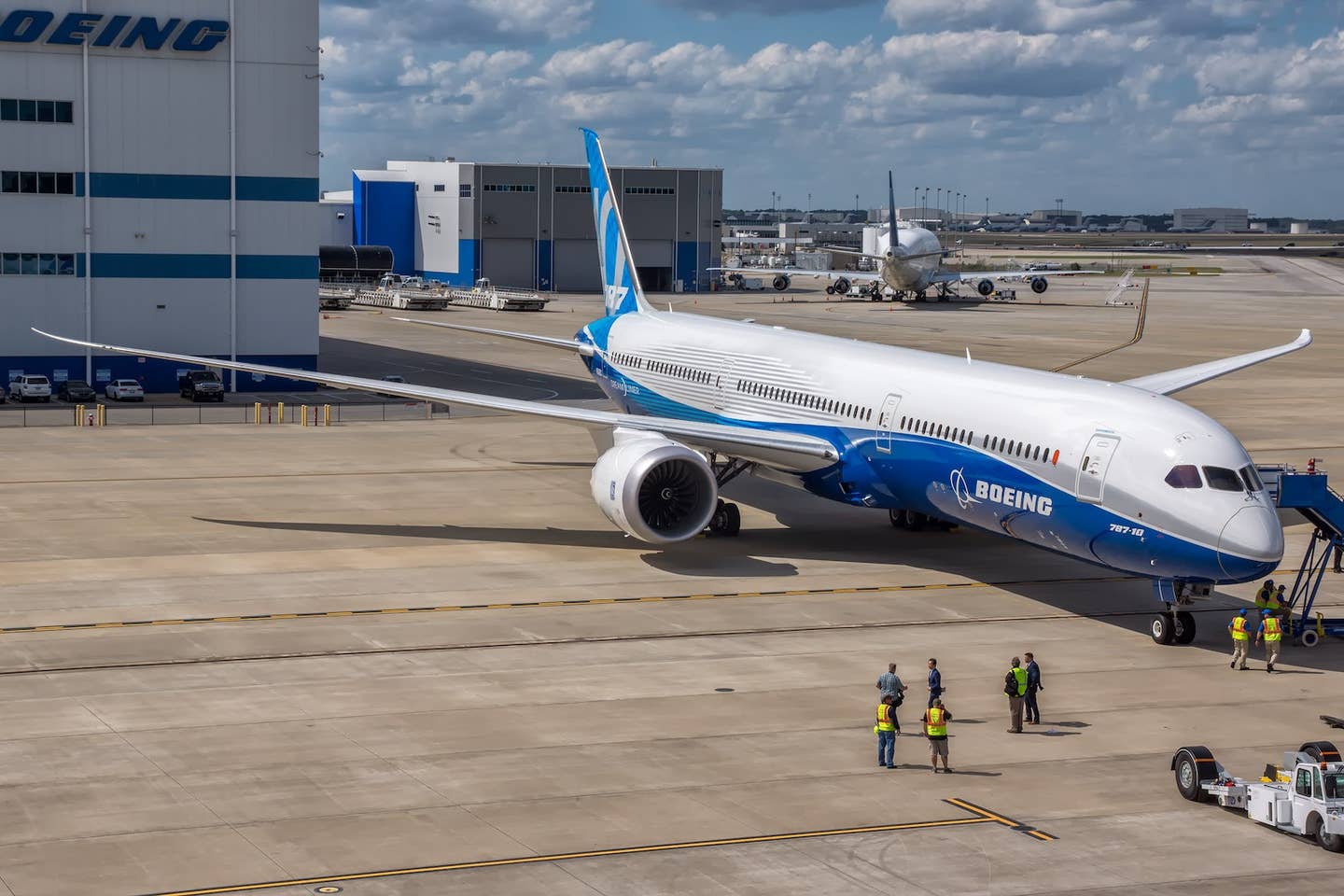Texas to Trial Outlandish, Lifesaving First Response Aircraft
Jump Aero’s Pulse is an electric vertical takeoff and landing design capable of flying anywhere within a 30-mile radius in eight minutes or less.

Jump Aero’s JA1 Pulse is designed to fly a first responder and equipment anywhere within a 30-mile radius in eight minutes or less. [Courtesy: Jump Aero]
An outlandish aircraft that turns its pilot into a superhero is set to begin its first real-world trials in Texas.
Manufacturer Jump Aero’s JA1 Pulse doesn’t give its operator literal superpowers. But it does place the pilot in the prone position à la Superman and, according to Jump Aero, will arrive on the scene of emergencies faster than an ambulance.
In areas without adequate road infrastructure, ambulances can be kryptonite for patients in need of advanced life support. The average emergency medical services (EMS) response time in the U.S. is about 7 minutes. But that doubles to 14 minutes in rural areas, per a study published by Journal of the American Medical Association. An estimated 4.5 million Americans live in so-called “ambulance deserts,” where lifesaving care could take 25 minutes or more to arrive.
Many of those locations are in Texas, where the Calhoun County Emergency Management Service will become the first Pulse operator. According to Calhoun County and Jump, the region is an ideal test ground due to its susceptibility to natural disasters such as hurricanes and remote communities and attractions, which are frequented by tourists. The county also spans Texas’ barrier islands, which have poor road access.
“Calhoun County has been looking for a solution to provide timely response within our geographical challenges, and this aircraft has the promise to make a real difference to our residents,” said Dr. J. Dustin Jenkins, director of EMS for Calhoun County.
Pulse is an electric vertical takeoff and landing (eVTOL) model capable of carrying one first responder plus equipment, with a payload of 330 pounds. It is designed to fly anywhere within a 31 sm (27 nm) radius in eight minutes or less. The idea is for the aircraft—which reaches a top speed of 250 knots—to be dispatched alongside an ambulance so it can arrive at the scene first, and the pilot-turned-paramedic can begin first aid. It will come equipped with a heart monitor, automated CPR machine, oxygen supply, and other life-saving tools.
According to Jump Aero, Pulse can be deployed in 60 seconds or less and fit within a flatbed pickup without being disassembled, saving more critical time. It has no retractable landing gear and can land on 10-degree slopes, as well as locations inaccessible to helicopters such as the front of a home.
The model’s tail-sitter biplane airframe stands nose-up on the runway, with a large belly window designed to provide a wide-angle view of the ground below. Battery-powered propellers, positioned safely above head height, provide vertical lift, while two sets of fixed wings enable cruise flight.
Uniquely, the Pulse pilot will enter the aircraft upright, ascend, and then transition to the prone position as the aircraft rotates forward so they are facing the ground. Simplified flight controls, full envelope protection, ballistic airframe parachute, and an adaptive flight controller add a level of safety.
Jump Aero will seek to obtain grants and participate in federal programs to support Pulse’s trial deployment in Calhoun County. The campaign will enable initial Pulse field testing the company believes will help it determine how to roll out the technology in rural communities nationwide.
“The data we gather from initial deployment will drive our long-term operations and will provide crucial lessons learned to bring us that much closer to saving lives of rural Americans,” said Carl Dietrich, cofounder, CEO, and president of Jump Aero.
Jump Aero’s first full-scale proof of concept prototype is partially funded by $1.8 million from AFWERX, the innovation arm of the U.S. Air Force. AFWERX previously awarded the firm contracts worth $3.6 million through its Agility Prime program, which partners with commercial industry to develop vertical lift technology. According to program lead John Tekell, the design “has potential for defense-related use-cases.” It could also be deployed by fire departments and law enforcement.
Outside Texas, Jump Aero is working with the Utah Department of Transportation to study how many Pulse aircraft would be needed to provide coverage for the entire state. The Oregon Department of Aviation, meanwhile, estimates it will need 126 aircraft for full coverage. The department has not committed to a purchase but signed a memorandum of understanding with the company earlier this year.
Jump Aero has not yet communicated publicly when Pulse will enter service. However, eVTOL air taxi manufacturers are targeting commercial rollouts as soon as 2025 and as late as the end of the decade.
Like this story? We think you'll also like the Future of FLYING newsletter sent every Thursday afternoon. Sign up now.

Sign-up for newsletters & special offers!
Get the latest FLYING stories & special offers delivered directly to your inbox






